01.03.2019 | Gottardo Pestalozzi | News WSL
In 2018, Central and Northern Europe – including Switzerland – experienced one of this region's most severe droughts of recent decades. WSL is now analysing its measurements and observations from that summer with a view to improving how droughts are handled.
WSL researchers have started to analyse the events of summer 2018 with regard to drought classification, early detection of drought, early leaf discolouration, lightning-induced forest fires, medium- and long-term effects and public perception.
In some cases that summer, river runoff and lake water levels hit lows never recorded before. Indeed, groundwater levels on the northern side of the Alps had still not recovered by the end of the year. In the agricultural sector, the drought led to significant crop failures, while in many places unusually early discolouration of the leaves on the trees were a sure sign of the heat and the lack of water. WSL measurements showed that water availability in common forest tree species temporarily fell well below the long-term average values.
For decades, forestry, hydrology and biodiversity have been focal areas for the Swiss Federal Institute for Forest, Snow and Landscape Research WSL. Its experience and data series going back many years are helping place the events of summer 2018 in a wider context, allowing sense to be made of them.
13 analyses before summer 2019
The findings from a series of short analyses will contribute to improving drought forecasting and handling, thanks in particular to the further development of the pilot portal drought.ch.
Drought classification
-
A1-Historical contextualization of tree damage caused by the 2018 drought
- A2-How extreme? Overall assessment of the 2018 drought
Early detection of drought
- B1-The 2018 drought - how predictable was it?
- B2-Assessing forest vulnerability to drought by intersecting modeled soil water availability (SWA) with remote-sensing derived spectral anomalies
Early leaf discoloration (leaf fall)
- C1-Identification of drought risk zones in current beech stands
- C2-Effects of the drought of summer 2018 and heat on forest canopy greenness
- C3-Analysis of beech litterfall in the drought year 2018
- C4-Droughtindicators: TreeNet meets Sentinel 2
Lightning-induced fires
Medium- and long-term effects
- E1-Rapid survey of the short-term effects of the 2018 drought on beech forests in Switzerland
- E2-Response of European beech and silver fir trees on dry sites to the drought in 2018
- E3Medium-term effects of the drought of summer 2018 on beech individuals with early leaf senescence
Public perception


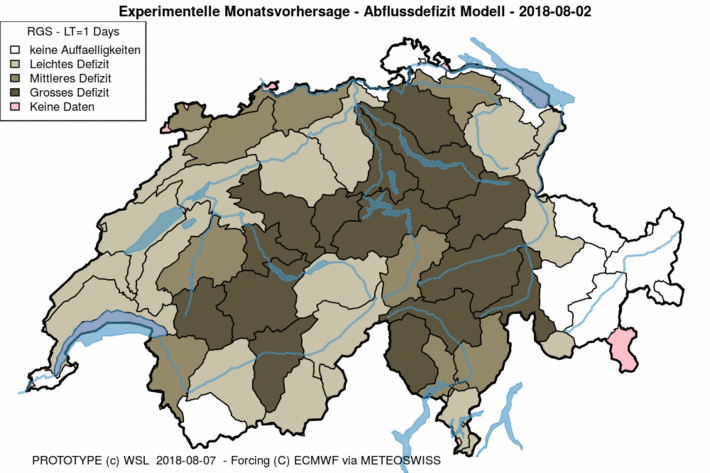
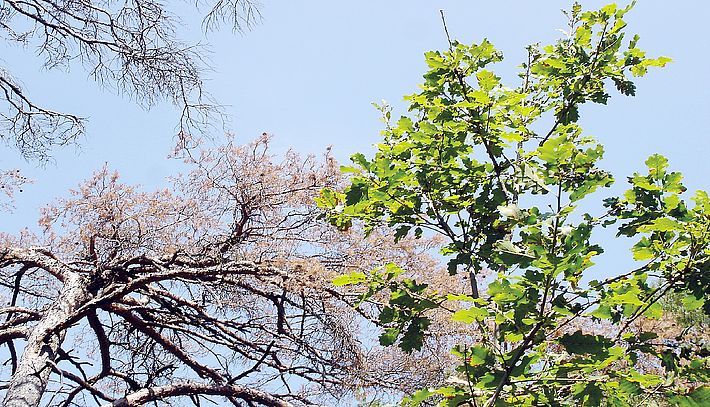
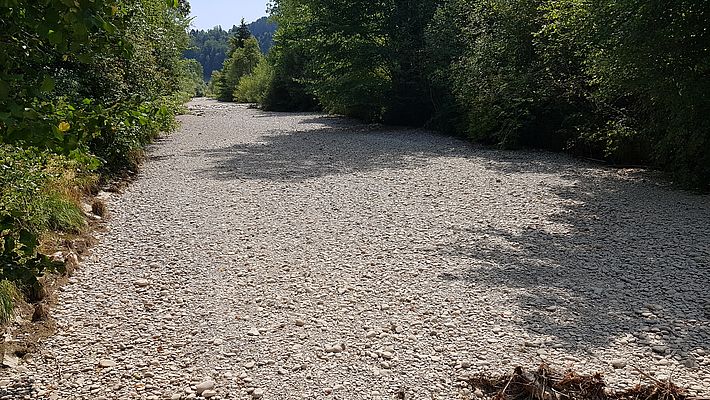
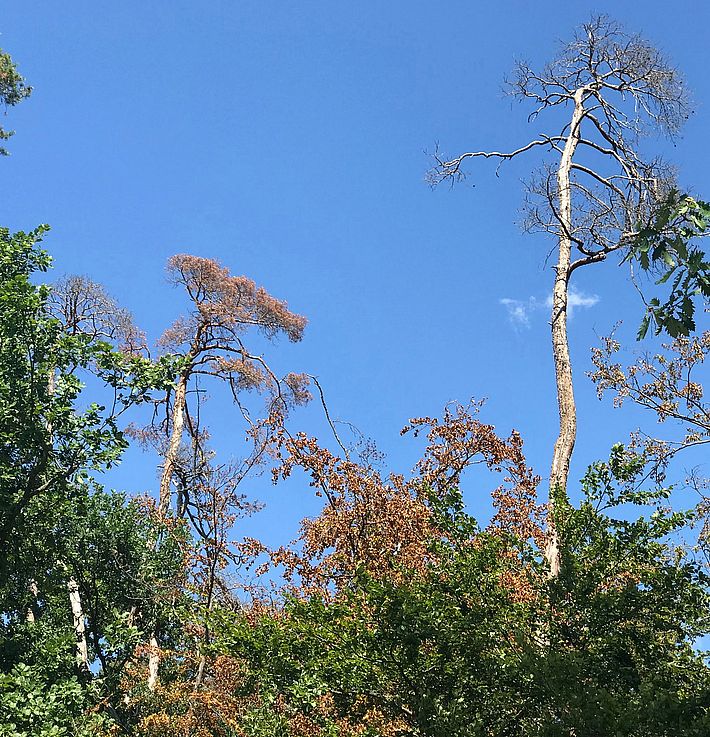
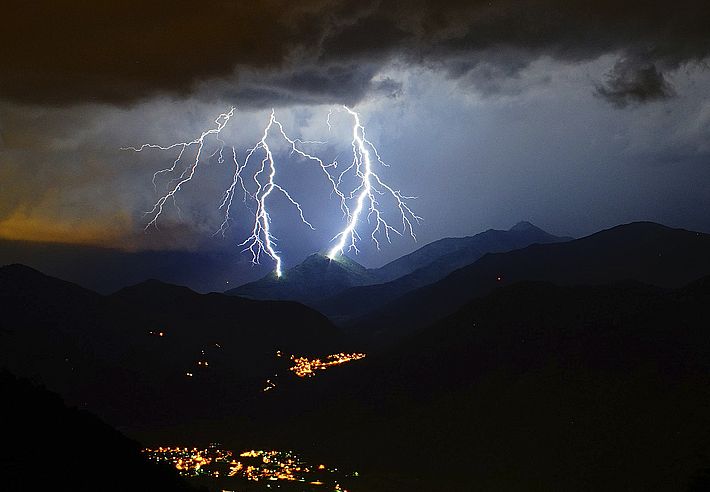
Copyright
WSL and SLF provide image and sound material free of charge for use in the context of press contributions in connection with this media release. The transfer of this material to image, sound and/or video databases and the sale of the material by third parties are not permitted.

